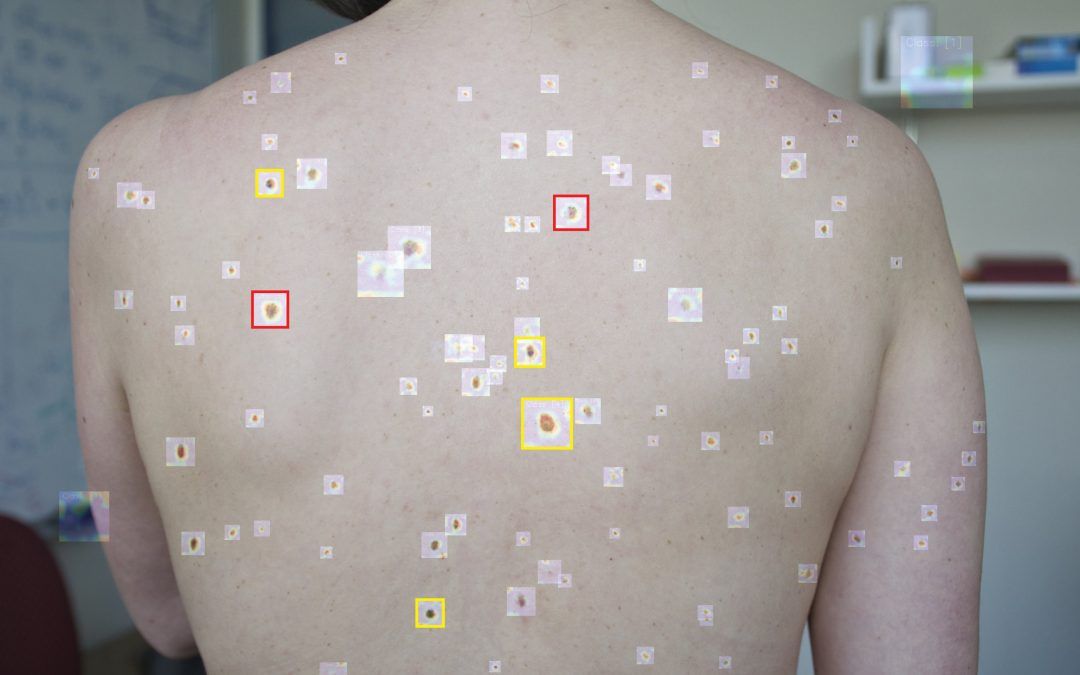Summary:
Melanoma, the most severe form of skin cancer, demands early detection to mitigate its rapid spread. Recognizing the limitations of the human eye, researchers at Johns Hopkins in collaboration with NIH and Lumo Imaging, demonstrate a computer vision framework to track the evolution of skin lesions over time in total-body photography.
Their focus is on developing a framework that can identify lesions consistently, overcoming challenges posed by changes in body pose and camera view during successive scans.
The researchers employ geometry and texture analysis to create a 3D textured mesh, enabling them to pinpoint skin abnormalities more accurately. Their method begins by identifying key points on the body to estimate the location of a previously identified skin lesion from an earlier scan. Subsequently, they use details such as size, shape, and texture to precisely locate the lesion on the new scan.
Wei-Lun Huang, a doctoral candidate in the Department of Computer Science, compares their approach to locating a house in a vast city, emphasizing the importance of landmarks and texture information to narrow down the search. In this analogy, the landmarks are key points on the body, and texture information is akin to using Google Street View to refine the search.
To ensure accuracy, the researchers measure the similarity of the identified lesion in terms of texture, landmark alignment, and uniqueness to its surrounding region. If confidence in the lesion correspondence is established, it is added as a new landmark, aiding in the identification of other lesions of interest.
The team evaluated their framework on both private and public datasets, achieving success rates comparable to state-of-the-art methods.
The ultimate goal of the researchers is to achieve automatic full-body lesion detection, facilitating automated longitudinal tracking of skin lesions. This ambitious endeavor could revolutionize melanoma monitoring, enabling timely intervention based on the evolving nature of skin abnormalities. As Huang states, «This will allow our method to suggest that physicians pay particular attention to a lesion that has evolved abnormally.»
Article written by Jaimie Patterson
23/10/2023
Source:
Engineering Johns Hopkings school
https://engineering.jhu.edu/news/using-computer-vision-to-catch-early-stage-skin-cancer/

